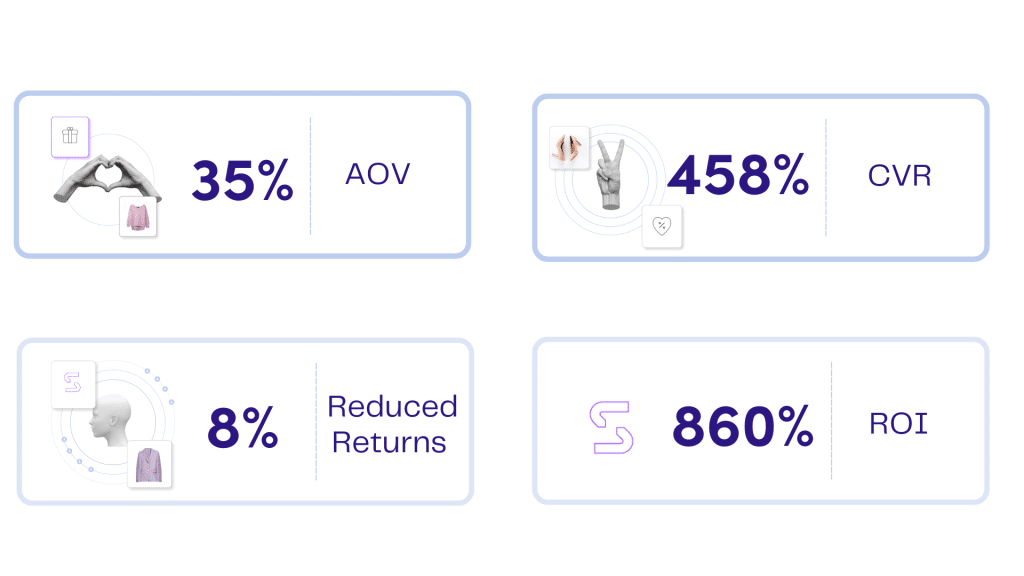Embracing Sustainability: A Modern Challenge
As Timberland embraced its cultural significance, it also recognized the pressing need for sustainability. The fashion industry is notorious for its environmental impact, and Timberland faced the challenge of aligning its operations with sustainable practices while retaining customer loyalty.
Timberland’s Commitment to Sustainability
“Timberland has been a leader in environmental stewardship and social responsibility for decades. In fact, it’s one of the key reasons we acquired the brand back in 2011,” says Martino Scabbia Guerrini, Group President of VF EMEA.
Colleen Vien, Timberland’s Director of Sustainability, says the brand’s 2030 vision is consistent with its pioneering efforts to reduce the environmental footprint in its own facilities globally, as well as with its supply chain partners.
- Global Product Take-Back Program: In partnership with ReCircled, Timberland launched a program allowing customers to return used products for repair, refurbishment, or recycling.
- Net Positive Impact Goal: Timberland aims to have a net positive impact on nature by 2030. This ambitious goal includes sourcing all natural materials through regenerative agriculture practices and employing circular design principles to minimize waste.
- Innovative Product Design: The introduction of the Timberloop™ This city hiker is designed for circularity, featuring a sole construction that simplifies recycling and reflects Timberland’s commitment to environmentally conscious design.
- Community Engagement: Timberland actively engages with local communities through various environmental and social initiatives.
The E-Commerce Dilemma
The rise of e-commerce brought both opportunities and challenges. While Timberland expanded its online presence to cater to a growing digital consumer base, it encountered issues related to sustainability. Many customers, skeptical about sizing accuracy, began ordering multiple sizes of the same product to ensure the right fit. This behavior, while intended to enhance the shopping experience, led to increased returns, significantly elevating Timberland’s carbon footprint.
The environmental implications were clear: more returns meant more packaging, shipping, and waste. Timberland needed to find a solution that balanced customer satisfaction with its sustainability goals.
The Selectika Solution
To tackle the sizing issue head-on, Timberland turned to Selectika to streamline the online shopping experience. Selectika stands out in the market by cross-analyzing fabric types, product designs, and individual shopper measurements to provide personalized size recommendations.
- Selectika leverages machine learning algorithms to analyze extensive datasets, including customer preferences, fit feedback, and product specifications. This allows the system to accurately predict the best size for each customer in real-time.
- The system boasts a remarkable 97% success rate in identifying the perfect size for shoppers within seconds. By minimizing the guesswork involved in online shopping, Selectika reduces the likelihood of returns and enhances customer satisfaction.
- Selectika is designed to integrate seamlessly with Timberland’s e-commerce platform, providing a user-friendly experience that aligns with the company’s digital transformation efforts. This ensures that customers can easily access size recommendations while browsing products.
- Selectika directly contributes to Timberland’s sustainability goals by significantly reducing the number of returns. Fewer returns mean less packaging waste, reduced shipping emissions, and a smaller overall carbon footprint. This alignment with Timberland’s Sustainable initiatives underscores the brand’s commitment to responsible retailing.

Chris Roye, Global Head of Growth
“We all have a responsibility to protect the environment, whether that is as individuals or corporations. Partnering with Timberland on this impactful project puts Selectika in the forefront of sustainability for Timberland and its customers. Consumer research recently conducted shows that 67% of Gen-Z and Millennials have already changed their purchasing habits due to climate change. Customers want to be part of the solution rather than the main contributor to the problem. At Selectika, we believe reducing returns through accurate sizing is a meaningful step in the right direction for both Timberland and their customers.”